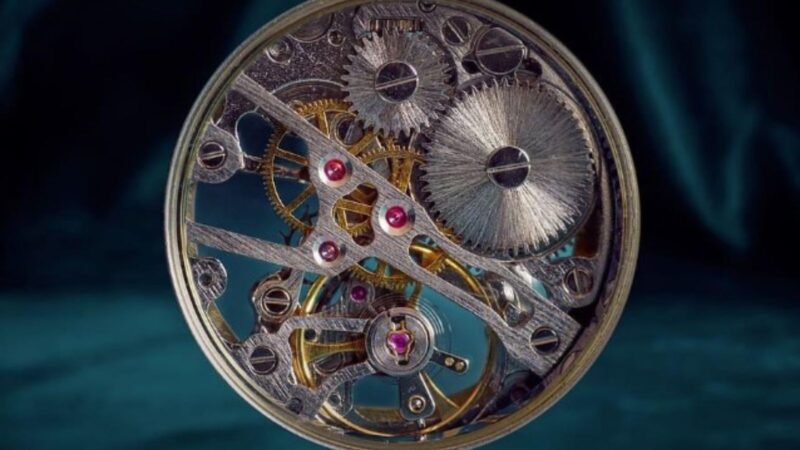
 The thought of self-driving vehicles sounded like science fiction a decade ago. Today, there is quite a wide range of these cars on the road. These driverless vehicles are quite a reality. Even so, like any other type of car, they can also cause accidents.
The thought of self-driving vehicles sounded like science fiction a decade ago. Today, there is quite a wide range of these cars on the road. These driverless vehicles are quite a reality. Even so, like any other type of car, they can also cause accidents.
In such cases, proving liability can be a daunting task as the vehicles lack a physical driver. But that does not mean that it is not possible to prove negligence in a car accident. Read on for a detailed insight into how difficult it can be to prove liability and how to go about the process.
What are Self-Driving Cars?
Self-driving cars, or autonomous vehicles, are a great mode of transportation that is designed to perform without requiring an operator’s constant assistance. One of the most controversial questions surrounding self-driving cars is who’s accountable in the event of a collision. Is it the operator, the manufacturer, or the software developer? The answer isn’t as simple as it sounds, and the web of factors that lead to the answer is generally complex.
It is important to understand that while they are called “self-driving cars,” they are not entirely driverless. They can handle most driving tasks autonomously, but they still require intervention by a human operator in the event of something going wrong. This underlines the current limitations of the technology and the necessity for further advancement to reach true driverless vehicles in the future.
Who Is Liable for Self-Driving Car Crashes?
·Vehicle Operator Responsibility
In most accidents with partially automated vehicles (SAE levels 2 and 3), it is usually between the software and the services that monitor and operate the car. It falls on the car operator if the operator fails to respond to alerts or warnings, and this would be considered the driver’s fault for any damages that the malfunction of the car might have caused.
·Owner Accountability
The owner of the car isn’t always the operator and has potential accountability if the car is used for automated rides, such as those implemented by companies like Uber using these vehicles.
·Manufacturer Liability
Liability may also arise due to defects in design or manufacturing that have resulted in accidents. This can be caused by software defects, the placement of sensors, or deficiencies in the warning systems.
·Software Developer Responsibility
Given the integral role played by software in autonomous vehicles, developers may be accountable for any crashes attributable to software bugs. Whether it is sensors, cameras, radar, or AI systems, all of these are part of the complex software ecosystem driving self-driving cars.

·Maintenance Provider Involvement
As fleets of autonomous vehicles become commonplace, companies in charge of maintenance and servicing of these vehicles may also be liable if accidents occur as a result of maintenance failures or oversights.
·External Factors
Not all accidents involving self-driving cars can be ascribed to the autonomous vehicle itself. Other road users, such as human drivers, cyclists, or pedestrians, can also be at fault. Conventional standards of negligence are applicable in such cases.
Do You Need a Lawyer?
If you are involved in an accident involving a car with autonomous technology, you must seek legal advice. The laws are intricate and ever-changing. A lawyer can guide you through this complexity so that you can identify liabilities and gather evidence for your case.

Whether the accident involves a self-driving car or not, the dispute for liability requires expertise. Here, consulting with a lawyer experienced in car accidents guarantees that your rights are protected and helps you seek fair compensation for your losses.
Final Thoughts
If you pay attention to the type of vehicles driven on our roads today, you have probably come across one of these autonomous vehicles. They are the future. If you find yourself in an accident with one of these vehicles, ensure you take the above factors into consideration.












